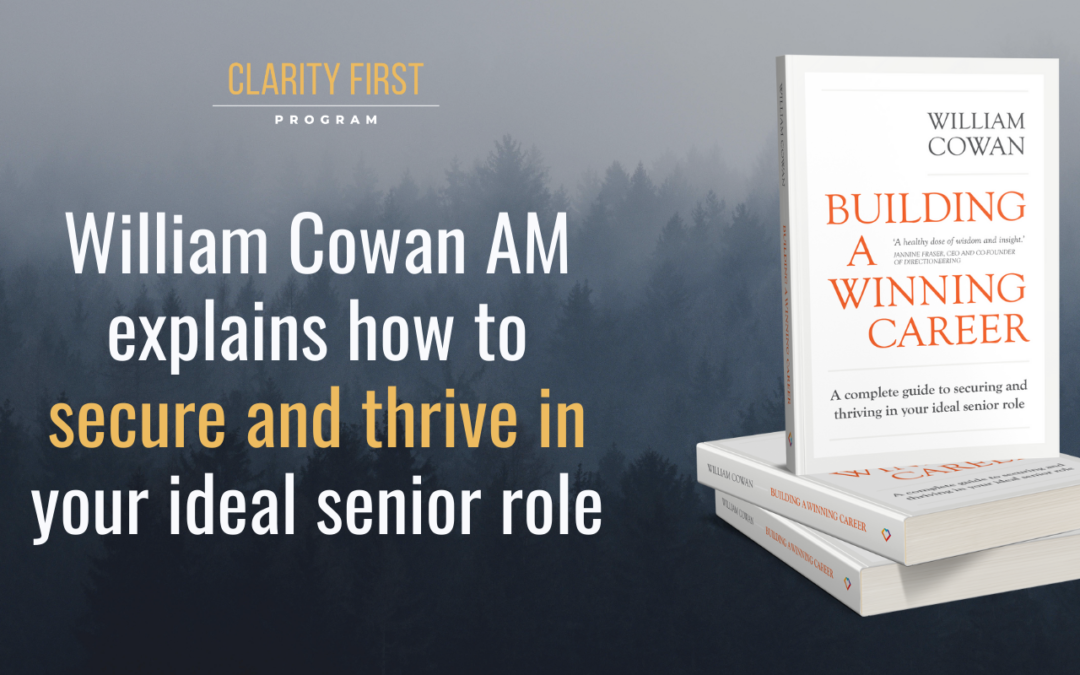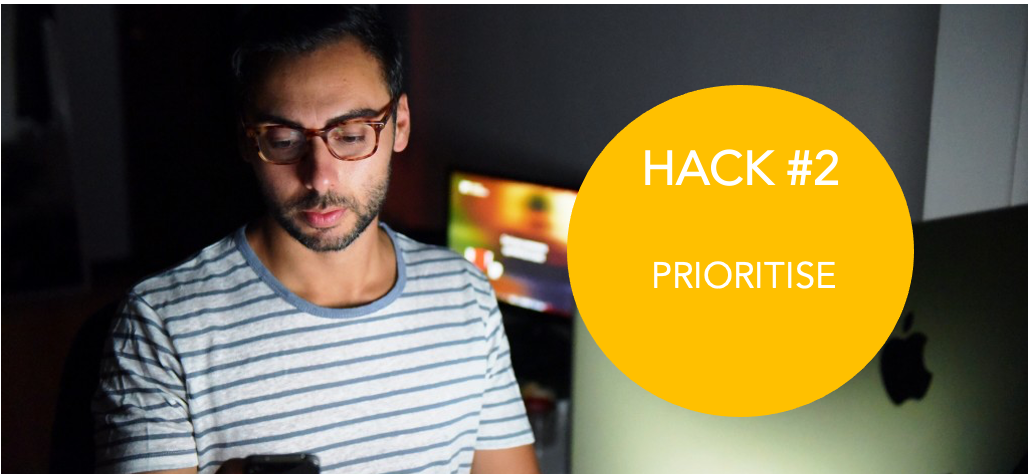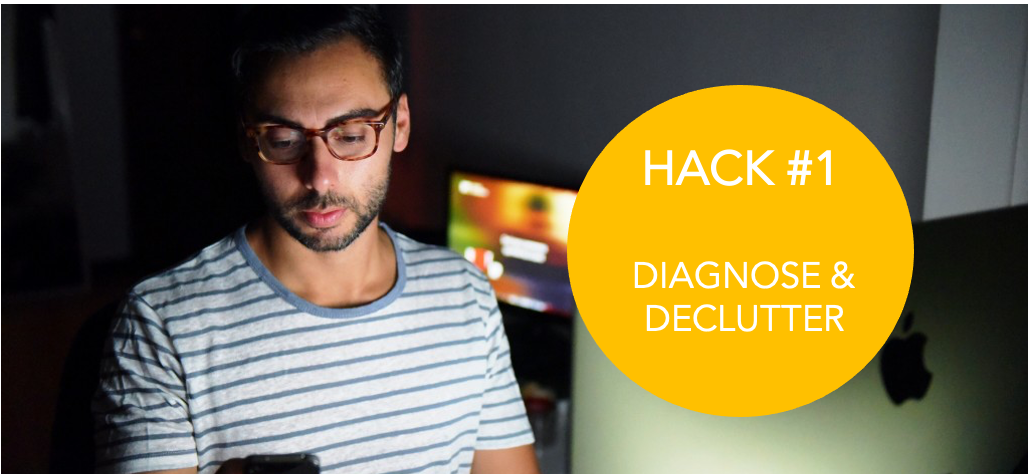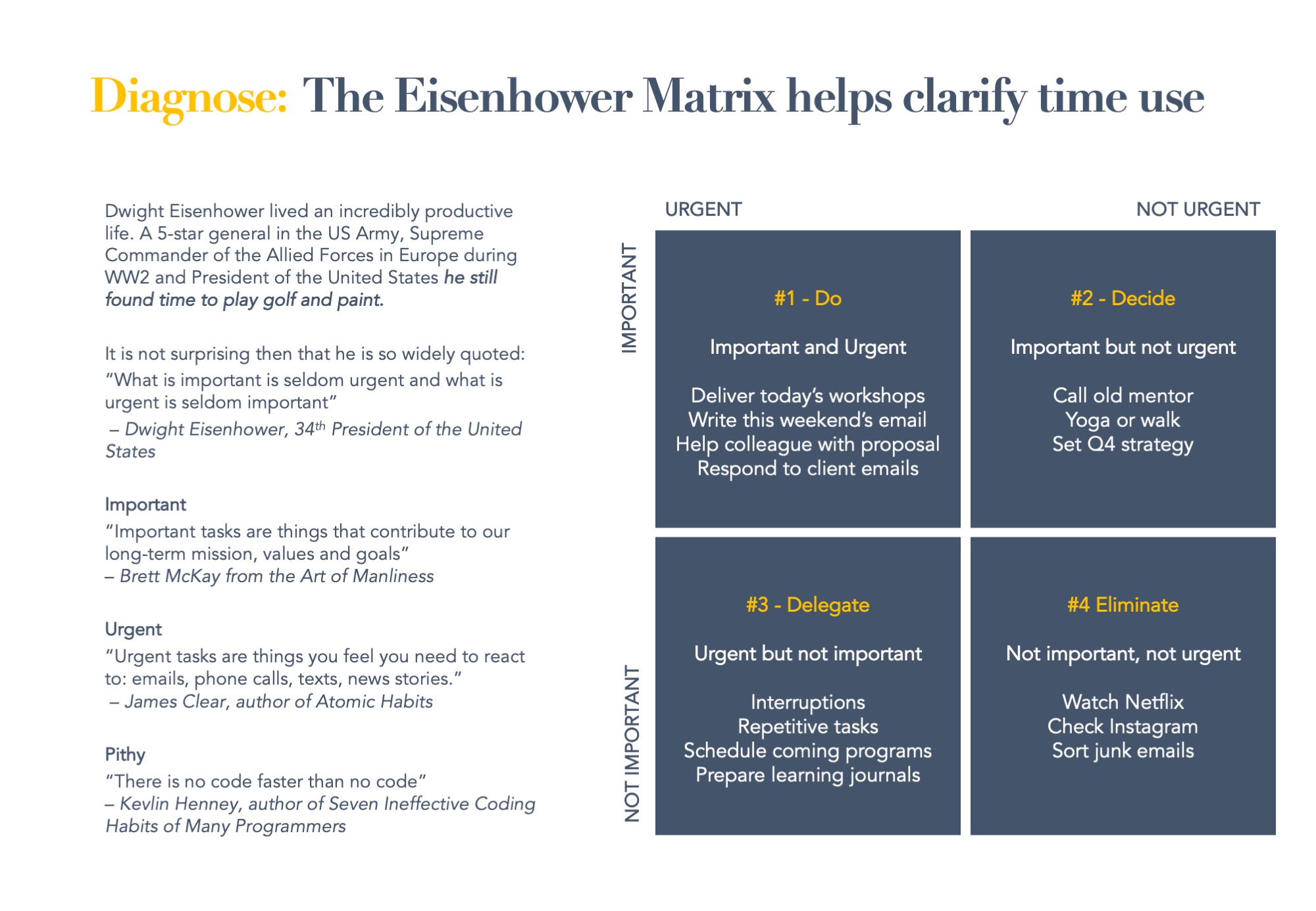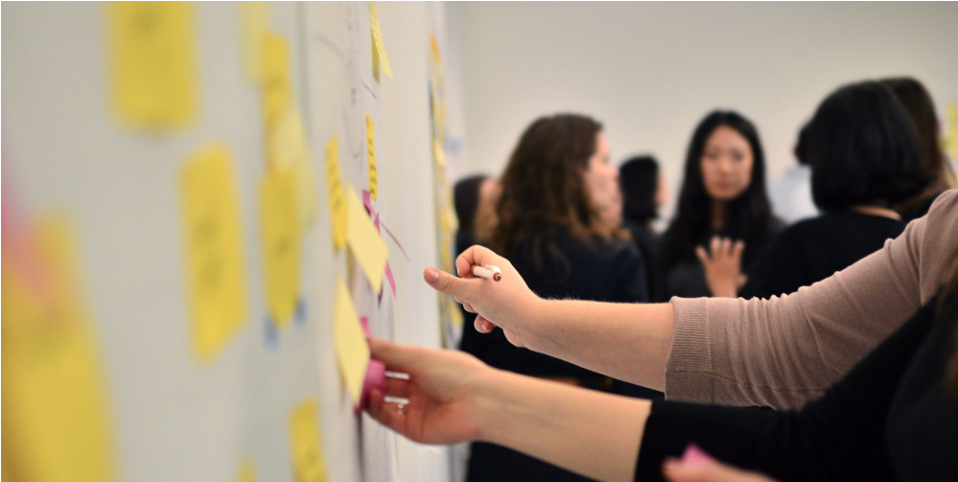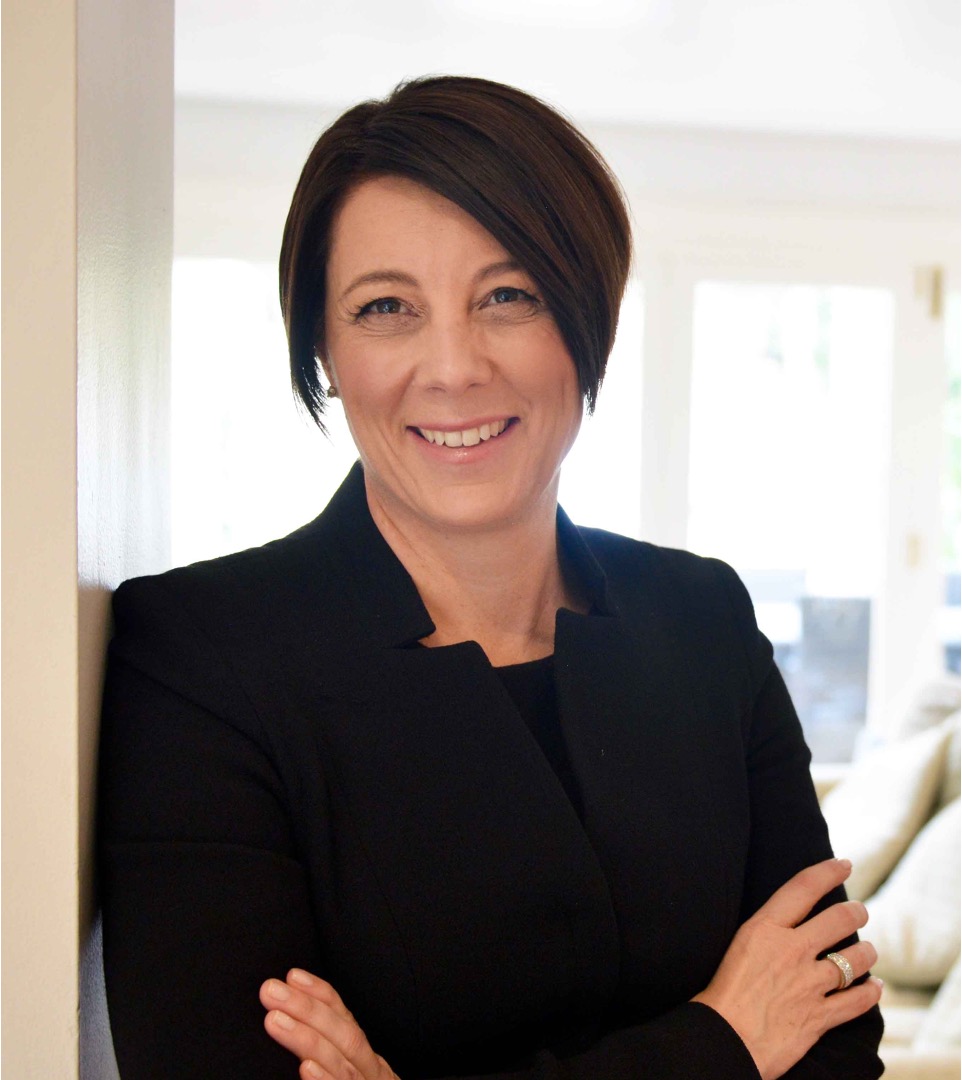Tengke summed this up perfectly in this week's Clarity First Workshop.
He said: “In my experience, the closer people are to senior leadership levels, the better they are at thinking top-down.
“The lower their level, the more they think bottom-up”.
This was an astute observation.
Leadership roles require us to think quickly about a wide range of topics. We don't have the luxury of thinking about everything from scratch and yet at the same time must have the ability to ‘sniff out' problems.
Tying this comment and my own observations together with a conversation I had recently about the cognitive competencies required for successful leadership, leads me to to ask a further question.
Is this ability to think top-down innate or is it learned?
It is, in my opinion, both innate and learned.
Let me explain how I have seen that work.
Thinking top-down about a problem involves having the intellectual capacity to do so as well as the right experience
Lightbulbs went on for me everywhere when I was speaking with my colleague Jane about the work I do in helping people use structure to unearth the thinking problems hiding beneath the surface of their communication.
She shared some useful information with me about the thinking skills she incorporated into a talent framework for a multi national resources company, which link directly to this idea of ‘top-down thinking'.
She said there were four key cognitive competencies that demonstrate leadership potential:
Helicopter thinking. This is the ability to mix conceptual and analytical thinking together. In Clarity First I describe this as ‘porpoising', or the ability to think in a way that mirrors the swimming patterns of a porpoise that dives down deep into the oceans and then swims back up to the top before going down again. The ability to oscillate between higher order ideas and lower level details is an essential attribute of not only a leader, but of someone who can think strategically.
Analytical thinking. This is what we are taught at university and, if we are lucky, refine further when at work. It is the ability to break problems into parts and solve them systematically, using our critical thinking abilities to evaluate the quality of our work as we go.
Imaginative thinking. This is as it sounds: the ability to be creative. To think of out of the box solutions. To find new and novel ways of doing things rather than just following a set process. This competency has a heavy innate component, but can to a certain extent be learned.
Sense of reality. This relates to solid business judgement – acumen if you will – that comes through experience and mentoring. It can absolutely be learned by those with sufficient IQ needed for their area of work.
The good news is that if we are people with a growth mindset who are moderately bright, we can all make progress in all of these areas. So long as we have sufficient innate capacity, we can all get better at these four thinking skills.
The very fact that you are reading this post suggests you are likely to have sufficient innate capacity.
However, in my experience, few people intuitively know how to think top down
This ability comes as a result of one or most likely a mix of the right kinds of knowledge and experiences to add to your innate ability. It seems to me there are four that matter most.
It may include years of experience in a specific area so you ‘just know' where to look to find problems or opportunities that others miss. A bit like the tailor I refer to in this post.
In this instance, the ability comes as a result of years and years of working bottom up, doing the analysis and developing an intuition for what works in a particular setting and what does not.
The key here is that the ability is contained to a particular setting, or at best to that setting and related ones. And gaining the ability is slow.
It might also include being inspired by someone who does it well. In my case, my boss of 30+ years ago was a whiz at explaining complex ideas using diagrams. This was very early in my corporate career, and I had never seen anyone do that before nor had I thought about communicating this way.
I am not sure I will ever remember what he drew, but I do remember thinking “I want to be able to do that” and have continued to strive for that since.
It may also involve being taught how to use and apply specific frameworks. This is where top-tier consulting experience is golden, as we are exposed to people who are expert at using – and in fact, designing – robust thinking frameworks that apply across multiple disciplines.
For example, when thinking about a change management challenge I default to two key frameworks which I use to scaffold my thinking. McKinsey's Psychology of Change and PROSCI's ADKAR framework.
At times I also merge the Psychology of Change framework with another simple one from PA Consulting, which describes the delivery phases of any change program in the simplest of terms. The items even rhyme to make them memorable.
Even better, it may involve being taught how to create, use and test frameworks that apply across many disciplines.
In Clarity First we teach universal thinking principles (based in logic and synthesis, so I am comfortable with using ‘universal' for these) combined with some others that we have developed, which are widely applicable.
Having helped people communicate across just about every area I can think of (and when I include my colleague Gerard's 30+ years' of similar experience, we cover a huge territory), I am confident our storyline patterns help their users add value and save tons of time across many many disciplines.
Just this week I have helped people in the following disciplines to use these patterns: human resources, engineering, project management, pharmaceuticals, medical affairs, technology and the law. And this is a pretty normal week!
So, to experience the time saving and value-adding benefits that top-down thinking offers, I suggest taking three steps
I'll outline them here one by one here:
#1 – Be aware that it is something worth doing. I hope this post has inspired you to learn more about thinking top-down and how it can help you add more value while also saving tons of time.
#2 – Want it enough to learn how to do it. This part is entirely up to you. You need to decide if it is worth finding areas of your work that would benefit from top-down thinking. You also need to evaluate whether you want to save time by avoiding the need to do the same task many many times to identify the patterns, and also how useful it is to you personally to deliver more valuable work.
#3 – Follow through and actually learn how to apply it. This involves investing enough time and energy to go further than just ‘hearing about a good idea', but to building repeatable skill and establishing new thinking habits that will deliver you consistent results over time.
In closing, I might point out that this list of actions was heavily inspired by a framework 😉
Have a great week.
Regards, Davina
